глобализация продолжает объединять все уголки планеты. Необходимость преодоления языковых барьеров между людьми, говорящими на разных языках, крайне важна для бизнеса, работающего за границей, путешественников в новых странах и других случаев. Искусственный интеллект, особенно большие языковые модели, такие как ChatGPT, стал важной и развивающейся технологией в этой области. Но насколько точен перевод ChatGPT по сравнению с традиционными сервисами и профессиональными переводчиками?
В этой статье рассматривается точность перевода ChatGPT на примере нескольких языковых пар, с анализом сравнительной эффективности уже существующих переводческих движков, а также языковых возможностей и ограничений модели. Отзывы профессиональных лингвистов и носителей языка дают реальные примеры, показывающие как сильные, так и слабые стороны технологии.
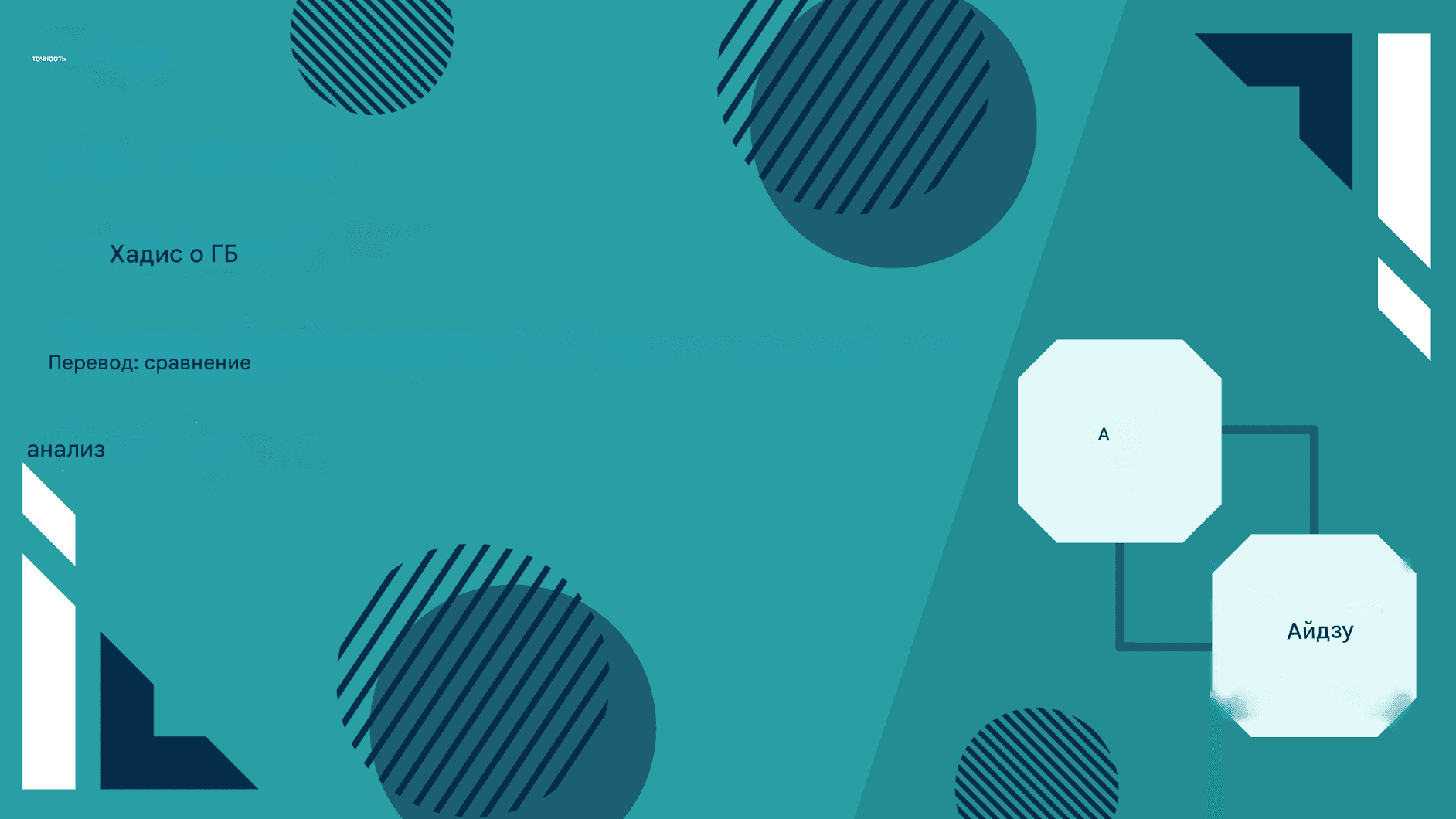
За последние двадцать лет машинный перевод прошёл через ряд революционных изменений. От систем на основе правил к статистическим моделям, к которым относится ранняя версия Google Translate, и далее — к нейронному машинному переводу. Сегодняшняя эра — это генеративный ИИ, где модели вроде ChatGPT переводчик предоставляют контекстуальный и диалоговый перевод, ориентированный на намерения пользователя.
ChatGPT — это не просто переводчик. Он построен на архитектуре GPT-4 от OpenAI — многоязычной системе с широкими возможностями, обученной на огромном количестве данных из Интернета. В отличие от специализированных переводчиков, таких как Google Translate или DeepL, ChatGPT обобщает перевод между языковыми парами, распознавая шаблоны и обучаясь в контексте. Эта уникальность одновременно является его сильной стороной и источником вызовов, особенно в части стабильности и точности перевода.
Для объективной оценки перевода мы выбрали десять языковых пар:
Английский ↔ Испанский
Английский ↔ Французский
Английский ↔ Немецкий
Английский ↔ Китайский (мандарин)
Английский ↔ Арабский
Английский ↔ Русский
Английский ↔ Хинди
Английский ↔ Японский
Английский ↔ Португальский
Английский ↔ Корейский
Мы использовали тексты разных жанров: новостные статьи, технические руководства, диалоги, литературные отрывки и посты из соцсетей. Каждый текст переводился с помощью:
ChatGPT (версия 2025, GPT-4)
Google Translate (2025)
DeepL
Профессионального сертифицированного переводчика
Оценка проводилась по следующим критериям:
Семантическая точность
Грамотность и естественность
Культурная уместность
Терминологическая согласованность
Разрешение неоднозначностей
Обратный перевод
Шкала оценки — от 1 до 10, оценивали билингвы и профессиональные лингвисты.
По большинству языковых пар и типов текста ChatGPT получил оценки от 8 до 9 по семантике и грамотности. В неформальных и диалоговых текстах он часто превосходил Google Translate и приближался к уровню человека.
Например, при переводе испанского поста из соцсетей на американский английский ChatGPT передал неформальный стиль и нюансы культуры, тогда как Google Translate был более сухим. При переводе поэзии с английского на японский ChatGPT лучше понял метафоры, чем DeepL, хотя оба уступали профессиональному переводчику в поэтической выразительности.
Слабые стороны ChatGPT:
Технические тексты: иногда проявляется чрезмерная уверенность в неточном переводе.
Редкие языки: теряется точность.
Идиомы и пословицы: могут переводиться буквально, если не задать уточнение. Тем не менее, универсальность и понимание контекста делают ChatGPT перевод одним из лучших в нашем исследовании.
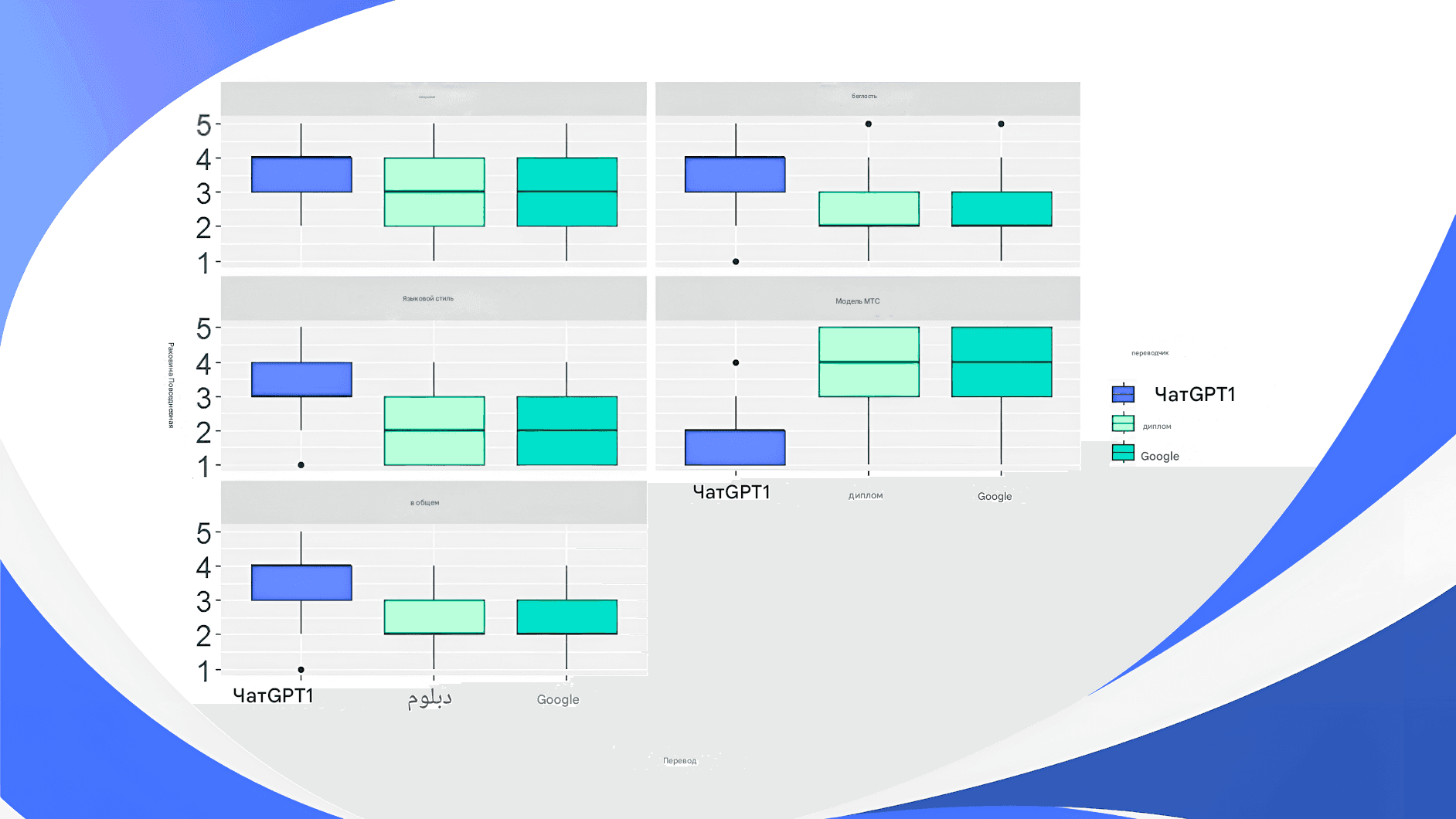
DeepL: выдаёт очень естественные переводы, особенно в европейских языках. Превосходит ChatGPT в техническом переводе на французский и немецкий.
ChatGPT: лучше работает с двусмысленными и образными выражениями, а также при инструкциях от пользователя («переведи формально»). Преуспевает в диалогах.
В одном из тестов фраза "He's on thin ice" была переведена Google и DeepL дословно, а ChatGPT дал идиоматический эквивалент с учётом риска и опасности.
Есть сферы, где машинный перевод всё ещё не может заменить человека: литература, юридические документы, маркетинг. Там важны нюансы, стиль и культурная чувствительность.
Человеческие переводчики получили средний балл 9.5. ChatGPT — 8.6. В неформальных диалогах результат был почти одинаков.
Однако на финальной стадии, особенно в юридических и ответственных документах, присутствие профессионального переводчика необходимо.Тем не менее, gpt переводчик может выступать как вспомогательный инструмент в начальной стадии перевода.
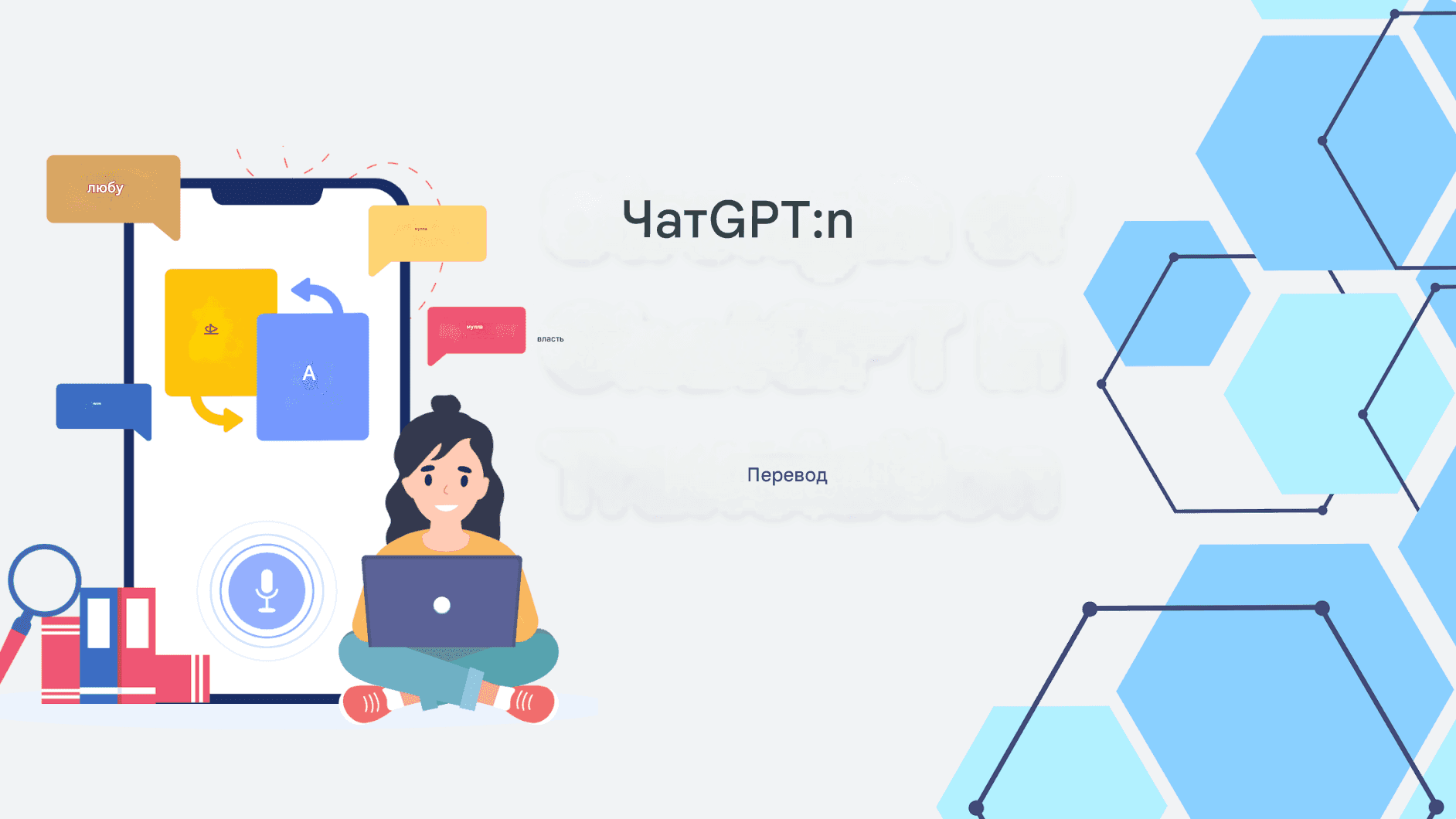
Многоязычная гибкость
Взаимодействие с пользователем
Смешанные коды и диалекты где другие системы ошиблись. Это делает chat gpt переводчик особенно полезным при работе с мультиязычными сообществами. В тесте с хинди-английским смесью ChatGPT легко распознал язык и прояснил смысл, где другие системы ошиблись.
Излишняя уверенность в неверном переводе
Не задаёт уточняющих вопросов
Отсутствие специализации
Нет ссылок на источники
Это делает переводчик ChatGPT идеальным для общего пользования, но не для узкоспециализированных задач.
Поддержка клиентов
Образование (e-learning)
Туризм и гостиничный бизнес Видеозвонки с автоматическим переводом
Многие отметили, что ChatGPT даёт грамотные и контекстуально уместные переводы, Переводчик чат gpt оказался полезным для предварительного понимания текста, особенно в разговорном стиле..
**Цитата японского рецензента: ** "ChatGPT хорошо понимает смысл, но всегда использует токийский диалект, даже если в оригинале — кансайский."
А носитель арабского сказал:
"Перевод правильный, но слишком официальный, хотя оригинал был разговорным."
Каждый выпуск ChatGPT становится всё лучше. Модель учится, поглощает данные и становится ближе к пониманию человеческого смысла.
Возможные улучшения:
Перевод аудио/видео в реальном времени
Настройка под индустрию (медицина, финансы и т.д.)
Культурная адаптация
Совместные системы перевода: человек + ИИ
Полная замена человека пока невозможна, но ChatGPT уже революционизирует перевод.
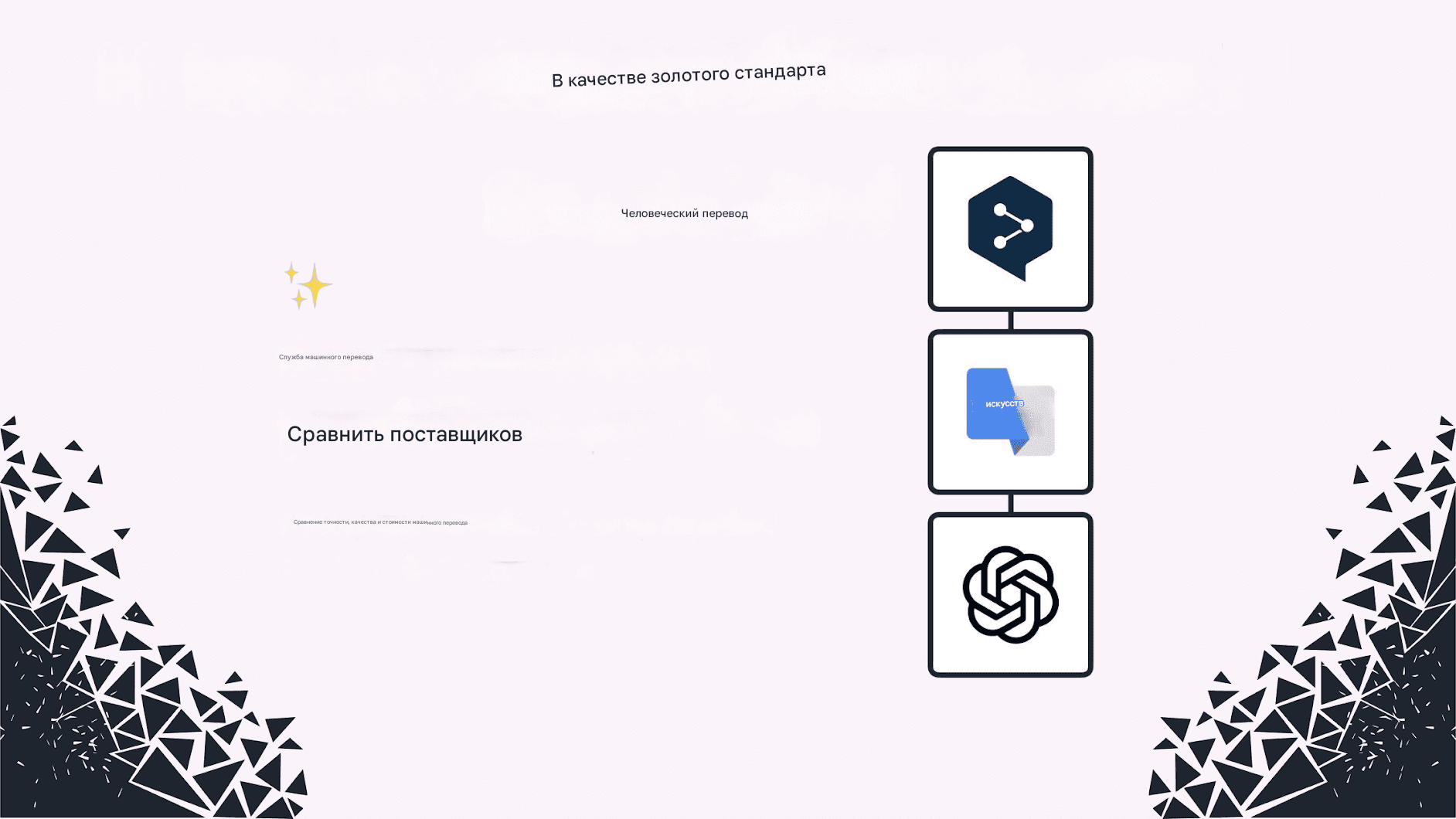
ChatGPT не идеален как переводчик, но весьма впечатляющ. В повседневных и неформальных ситуациях он может превзойти традиционные системы. Он хорош в передаче контекста, гибкости и взаимодействии. Однако точность и культурная тонкость пока остаются вызовом.
Будущее перевода — это не выбор между человеком и машиной. Это сотрудничество, креативность и синергия.
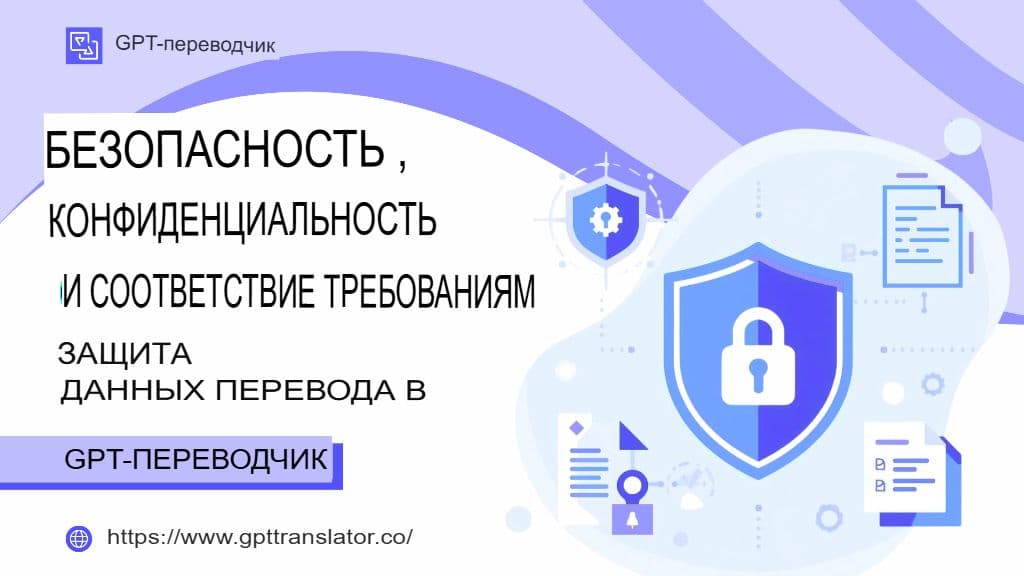


Share this post